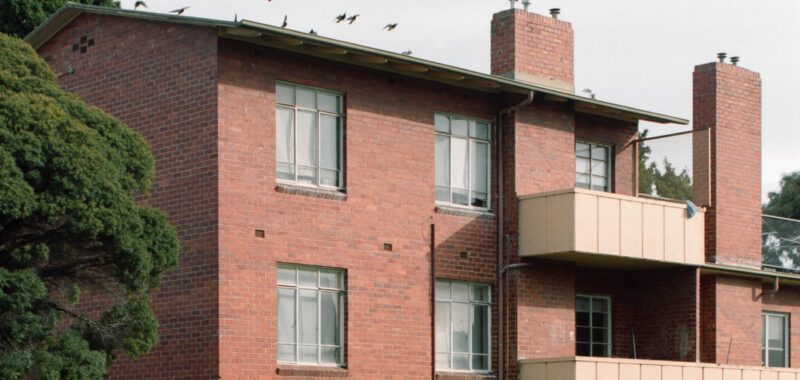So why isn’t the government adopting the proposed Retain Repair Reinvest strategy?
The answer, according to OFFICE, lies in the state government no longer wanting to manage public housing.
‘When the state government manages public housing, they are responsible for maintaining the buildings and organising new tenants — all the admin that comes with owning a building,’ explains Simon.
Community housing also costs the state government significantly less than public housing.
OFFICE says community housing residents often pay their rent using federal government-funded Commonwealth Rent Assistance, which is not available to public housing tenants.
‘A big part of their income is through Commonwealth Rent Assistance… Community housing residents get given that by the federal government, and that then goes directly to the community housing provider,’ says Steve.
‘So basically, the federal government is supporting those community housing associations, whereas they don’t do the same thing for public housing.
‘[We argue] that the federal government is actually funding the community housing providers.’
The rebuilt estates will also financially benefit property developers, who will monetise new private housing on site, and be granted a blank slate for construction.
‘A lot of their strategy has been undertaken through conversation with developers who don’t prioritise the retention of buildings,’ says Steve.
‘If the developer is given a site that’s already got a building and a community, and then they’ve got to manage that, then it is a lot more work [for them], but ultimately it is easier and cheaper [for the community], as our work shows.’
Demolition of the Flemington Estate is still planned for late 2025.
The fight continues, but not without progress.
Following media coverage on OFFICE’s Ascot Vale Estate feasibility study, this development was quietly removed from the planned demolitions list on the Homes Victoria website and part of the estate was refurbished.
‘But the residents are aware that all it takes is one more policy announcement and then their homes might get removed again, so they’re definitely not feeling at ease, but I think, for now, they feel a bit safer than they did a few years ago,’ says Steve.
OFFICE will continue conducting its refurbishment feasibility studies with plans to assess more buildings nationwide as a means of addressing Australia’s public housing shortage.
‘If you owned a house, you would ask yourself, “Should I knock this down or do I want to add an extension?” and you’d run the numbers and assess which one is going to be the most cost effective… It’s basic logic to do these things,’ says Steve.
‘It’s not a revolution that we’re putting forward… The concept of “don’t knock down buildings that are structurally sound and can be upgraded” is pretty standard practice in lots of parts of Europe and North America, as well.
‘Unfortunately, Victoria is just a long way behind.’
An edited version of this story first appeared in The Design Files Magazine, Issue 02.

